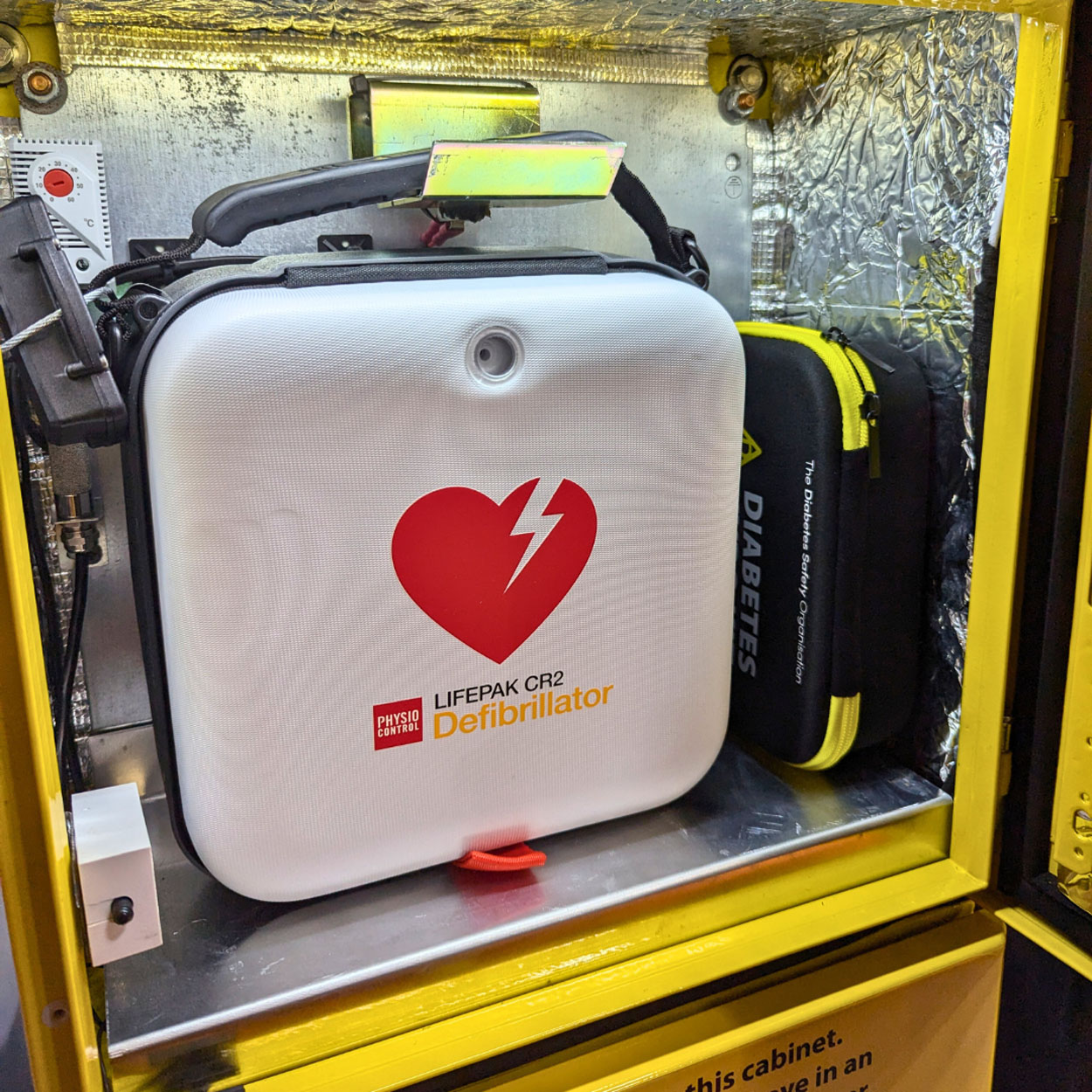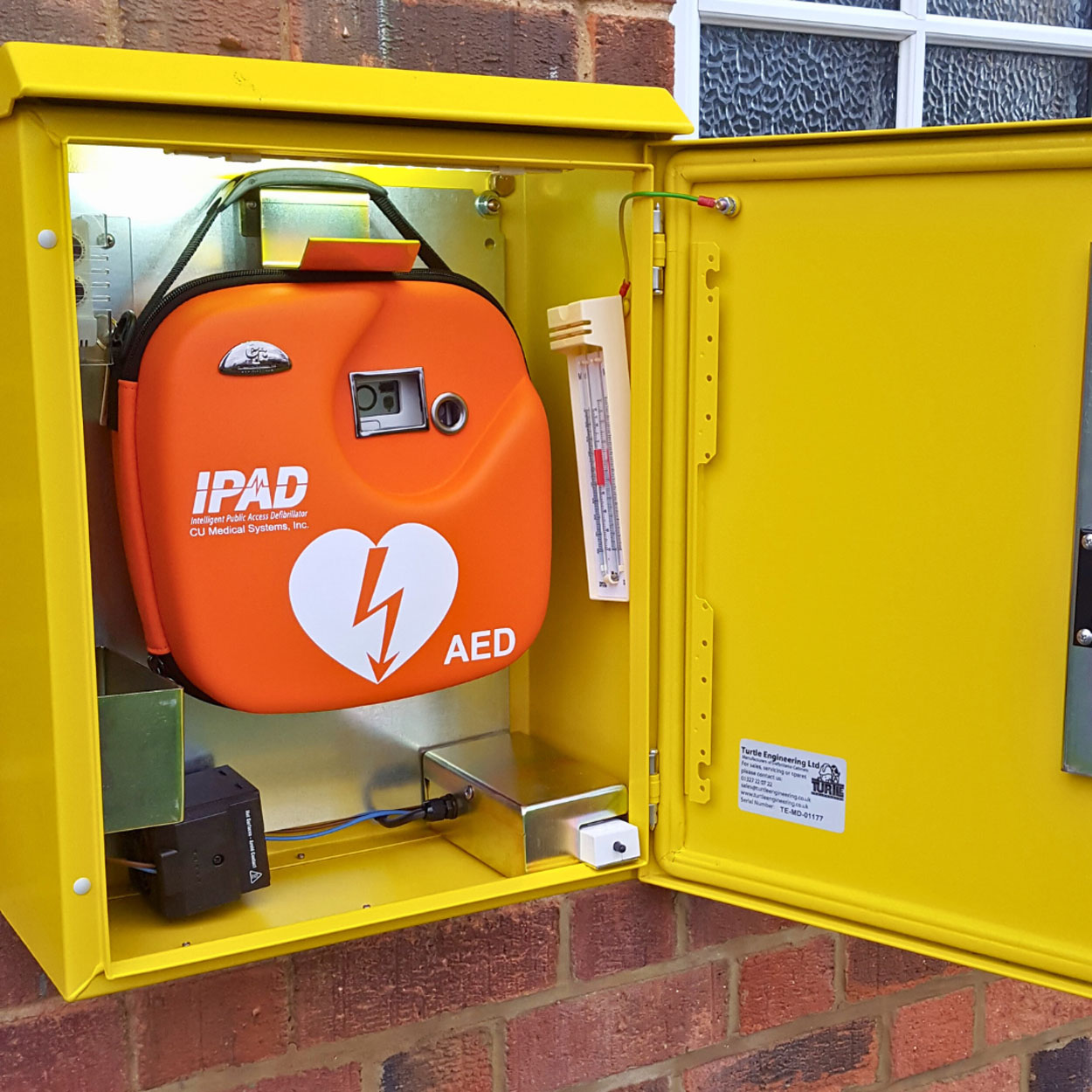
A defibrillator is a life-saving device, but it’s only as good as its condition. In the vital moments of an emergency, a functional defibrillator can quite literally mean the difference between life and death.
Unfortunately, neglecting maintenance can render even the most advanced device useless when it’s needed most. This blog covers the essentials of defibrillator maintenance, from routine checks to understanding legal and safety responsibilities.
Why does defibrillator maintenance matter?
Defibrillators are designed to deliver a potentially life-saving shock to the heart in cases of sudden cardiac arrest. However, they can only perform this vital function if they are in proper working condition. In an emergency situation where a defibrillator is unresponsive due to a depleted battery or corroded components, the consequences could be devastating. This is exactly why regular defibrillator maintenance and servicing matters.
Defibrillator maintenance checklist
Now we know why it’s so important to keep a defibrillator in tip-top condition, let’s talk about how to keep it ready to be used at a moment’s notice.
Monthly checks
Performing monthly checks is essential. They should focus on:
- Pads and batteries: Ensure they are functional and within their expiration dates.
- Electrical connections: Confirm the device powers on and runs its self-check program.
- Environment: Check that the cabinet and device are dry, as moisture can damage the electronics.
Six-month maintenance
Twice a year, you should give some extra TLC to the defibrillator cabinet to ensure it can continue to protect the defibrillator.
- Lubricate locks: This prevents the cabinet from jamming, especially in harsh or coastal environments where salt can accelerate corrosion. It’s important not to use WD40, instead you should use GT85 which has ingredients that are better suited to defib cabinets.
- Inspect for damage: Check for any signs of wear or rust that might compromise the device or its accessibility.
Regular inspections
Regular inspections should include checking for any visible damage to the device, ensuring the cabinet is secure, and verifying that defibrillator signage is clear and in place. Directional signs pointing to the defibrillator’s location, for example, a sign in a park indicating the nearest device is at the village hall, should also be maintained.
Pad and battery replacement
Defibrillator pads typically need replacing every two years and batteries every 4-5 years. We recommend taking a few seconds to mark the expiration dates on a calendar and set reminders to order replacements ahead of time.
Defibrillator servicing packages
At Turtle Medical, we offer a range of defibrillator servicing packages that catch issues early and ensure that your defibrillator remains ready for action. Our offerings include one-off servicing packages designed for those seeking immediate attention to their equipment, as well as regular servicing packages that deliver ongoing maintenance and peace of mind.
View our defibrillator servicing packages.
Who is responsible for maintaining a defibrillator?
Every defibrillator should have a designated custodian known as a guardian who is responsible for its upkeep. This individual should:
- Perform monthly checks and log their findings.
- Register the defibrillator on the British Heart Foundation’s Circuit database.
- Confirm monthly on the database that the device is being maintained.
A guardian is the first line of defence against neglect, ensuring that someone is always accountable for the device’s readiness. It also avoids the assumption that someone else has already checked it.



